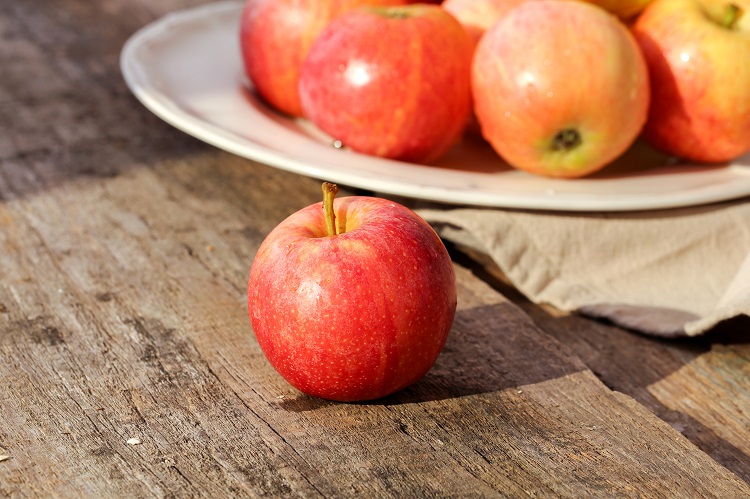 English
English ภาษาไทย
ภาษาไทย
Exploring the Distinctiveness of European Apples
Apples are one of the most beloved fruits worldwide, and their rich diversity has captivated palates for centuries. Among the various regions known for apple cultivation, Europe is one of the regions well known as a significant contributor to the apple industry. European apples possess distinct qualities and characteristics that set them apart from their counterparts in other parts of the world. This article will deliver the main differences between European apples and those grown elsewhere, exploring their unique attributes, flavors, and cultural significance.
Apple Varieties
Europe has many varieties of apples, and each species has different properties. Europe is also the birthplace of many famous apple varieties, such as Cox's Orange Pippin, Granny Smith, Gala, Golden Delicious, and Braeburn. These varieties are recognized worldwide because of their unique flavor, texture, and handling. Also, used for outstanding cooking
Climate and Growing Conditions
The diverse climates and geographic landscapes across Europe contribute to the unique characteristics of European apples. The continent benefits from many growing conditions, including moderate temperate climates, ample rainfall, and fertile soils, combined with meticulous farming practices, resulting in apples with vibrant colors, well-balanced sweetness, and desirable texture.
Traditional Apple Orchards
In Europe, traditional apple orchards are common, often passed down through generations. These orchards are meticulously maintained and contribute to the distinctiveness of European apples. The combination of heritage apple varieties, traditional cultivation techniques, and a deep understanding of regional microclimates contributes to developing apples with nuanced flavors and exceptional quality.
Culinary Significance
European apples have long been celebrated for their culinary versatility. From sweet dessert apples to tart cooking varieties, European apples offer many flavors that cater to culinary preferences. They are utilized in too many ways, from pies, tarts, and crumbles to applesauce, ciders, and brandies. Then, European apples have become an integral part of traditional European cuisines and are frequently showcased in local dishes, desserts, and beverages.
Cultural Heritage
The cultivation of apples holds a place in European cultural heritage. Many European countries have longstanding traditions associated with apple harvestings, such as apple festivals and cider-making rituals. Apples are often deeply intertwined with local folklore, legends, and traditional celebrations, adding to their cultural significance and symbolism.
Organic and Sustainable Practices
Europe has been at the forefront of organic and sustainable farming practices, and this ethos extends to apple cultivation. European apple farmers prioritize environmentally friendly methods, minimizing pesticide use and promoting biodiversity in orchards. These sustainable practices are not contributing to the superior quality of European apples but also align with consumers' growing preference for ethically produced food.
Conclusion
European apples are a testament to the region's rich agricultural heritage, diverse climates, and meticulous farming practices. Their unique qualities, flavors, and cultural significance make them stand out from apples grown in other parts of the world. From traditional orchards to culinary delights and sustainable farming methods, European apples continue to charm local populations and international markets. Whether you enjoy the fresh or incorporate the European Apple into mouthwatering dishes, it offers a sensory experience that will showcase the best for European apple cultivation.

